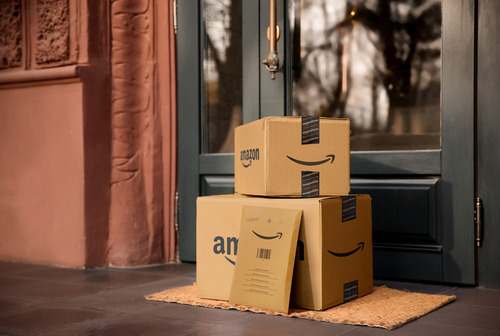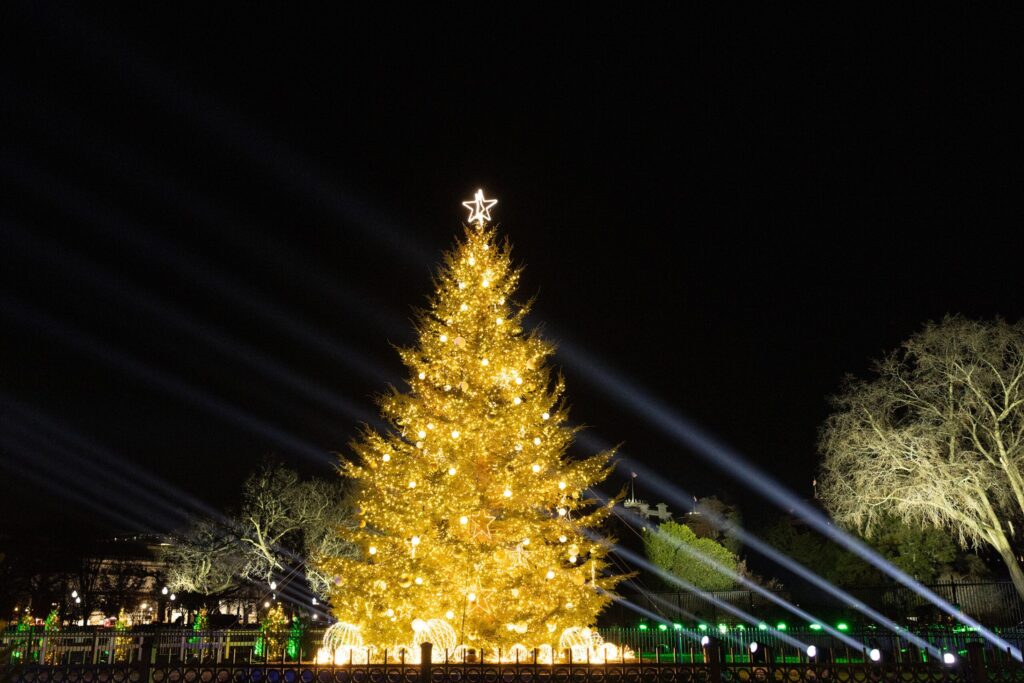Amazon’s October sales event boosted its own bottom line, but the halo effect that typically occurs for other retailers during an Amazon sale did not appear.
Amazon.com Inc.’s October sales event for its Prime loyalty program members — dubbed Prime Big Deal Days — brought in more sales and items sold during the two-day event than its previous October sales events, Amazon said in a press release.
“Our 2024 Prime Big Deal Days event marked a strong start to the holiday shopping season, with record-breaking sales and participation from Prime members worldwide,” said Doug Herrington, CEO of Worldwide Amazon Stores, in a statement.
Amazon also said that independent sellers also had record sales during the event compared to Prime Big Deal Days 2023.
Shoppers price checked, but still bought on Amazon during the Big Deal Days sale
But the typical Amazon halo effect for retailers outside of Amazon.com did not occur during the October 2024 event. Online sales at non-Amazon U.S. retailers declined 5% during the two-day sales event compared with the two-day event in 2023, according to data from 1.5 billion shoppers across Salesforce Commerce Cloud and other Salesforce products.
Typically, retailers offer their own promotions during an Amazon sales event as many consumers are taking time to shop and price compare during the day.
In fact, data shows that 55% of consumers did compare prices, according to survey data of 5,000 Prime Big Deal Day shoppers from consumer insights vendor Numerator. Of the consumers who comparison shopped, Walmart (at 67%), Target (at 44%), and club stores like Costco or Sam’s Club (26%) were the most popular choices.
What’s more, retailers did offer strong promotions to entice those comparison shoppers, according to Salesforce data. The average discount rate during the two day periods was 21%, which was a 14% deeper discount than the average during the October 2023 sale, according to Salesforce data.
But despite comparison shopping and prevalent discounts, shoppers ultimately made their purchases on Amazon on Oct. 8 and 9, according to Salesforce data.
“Non-Amazon retailers do generally experience a halo effect from Prime Day shopping events, boosting ecommerce traffic and sales. This year, severe weather events in the U.S. likely had an impact on reducing retailers’ marketing efforts and in turn, sales,” said Caila Schwartz, director of consumer insights at Salesforce. She also cited consumer uncertainty with the upcoming presidential election as another reason for more muted spend.
What this means for the 2024 holiday season
With discounts not driving more purchases, Schwartz predicts the 2024 holiday season will likely be another highly promotional period.
“The upcoming holiday season will likely be a highly promotional event as retailers look to convert the price-conscious shopper. With two thirds of shoppers waiting until Cyber Week to make splurge purchases, the Cyber Week period will likely be defined by heavy discounts and strong consumer demand,” Schwartz said.
For Amazon, however, the event did kick-off its holiday sales, as 24% of shoppers said they purchased a holiday gift during the deal days event, according Numerator. Plus, 5% purchased other holiday items like decorations or wrapping supplies.




